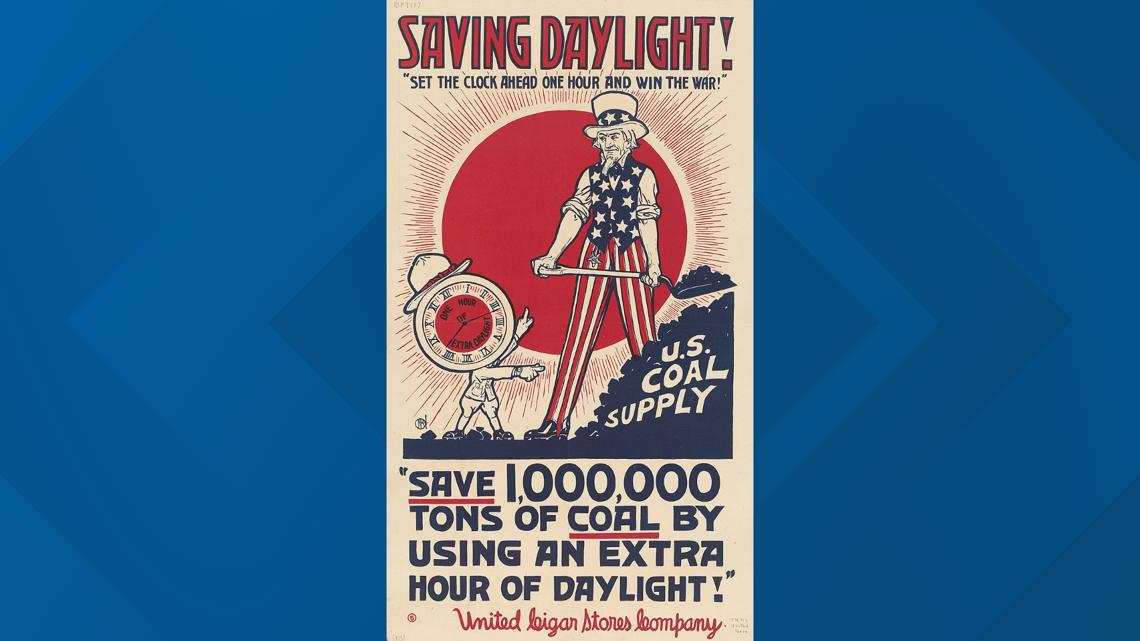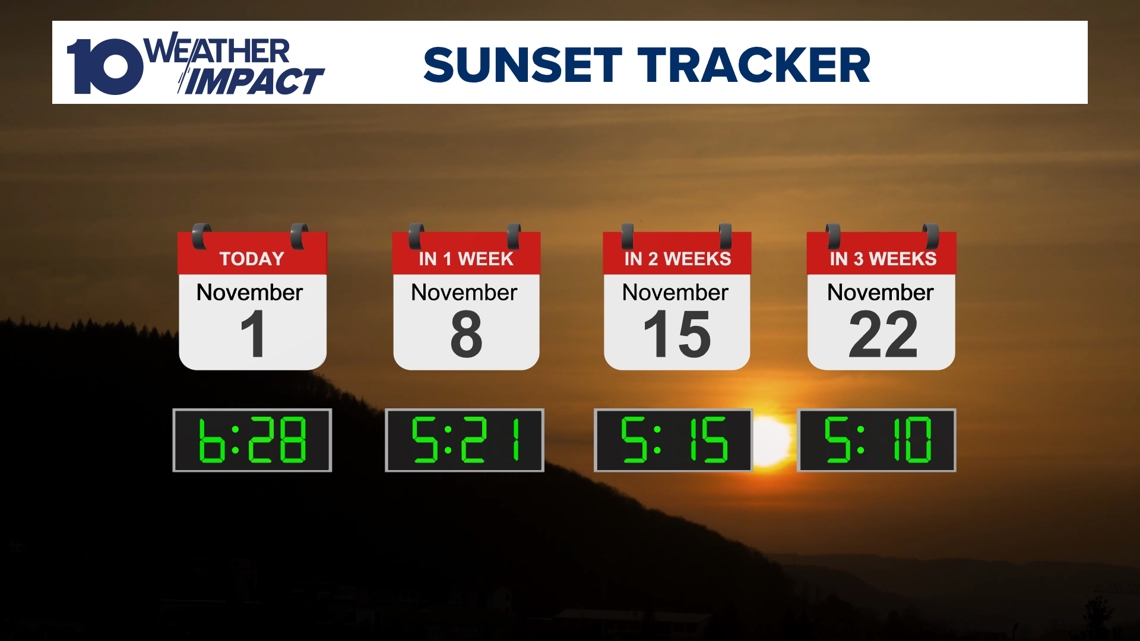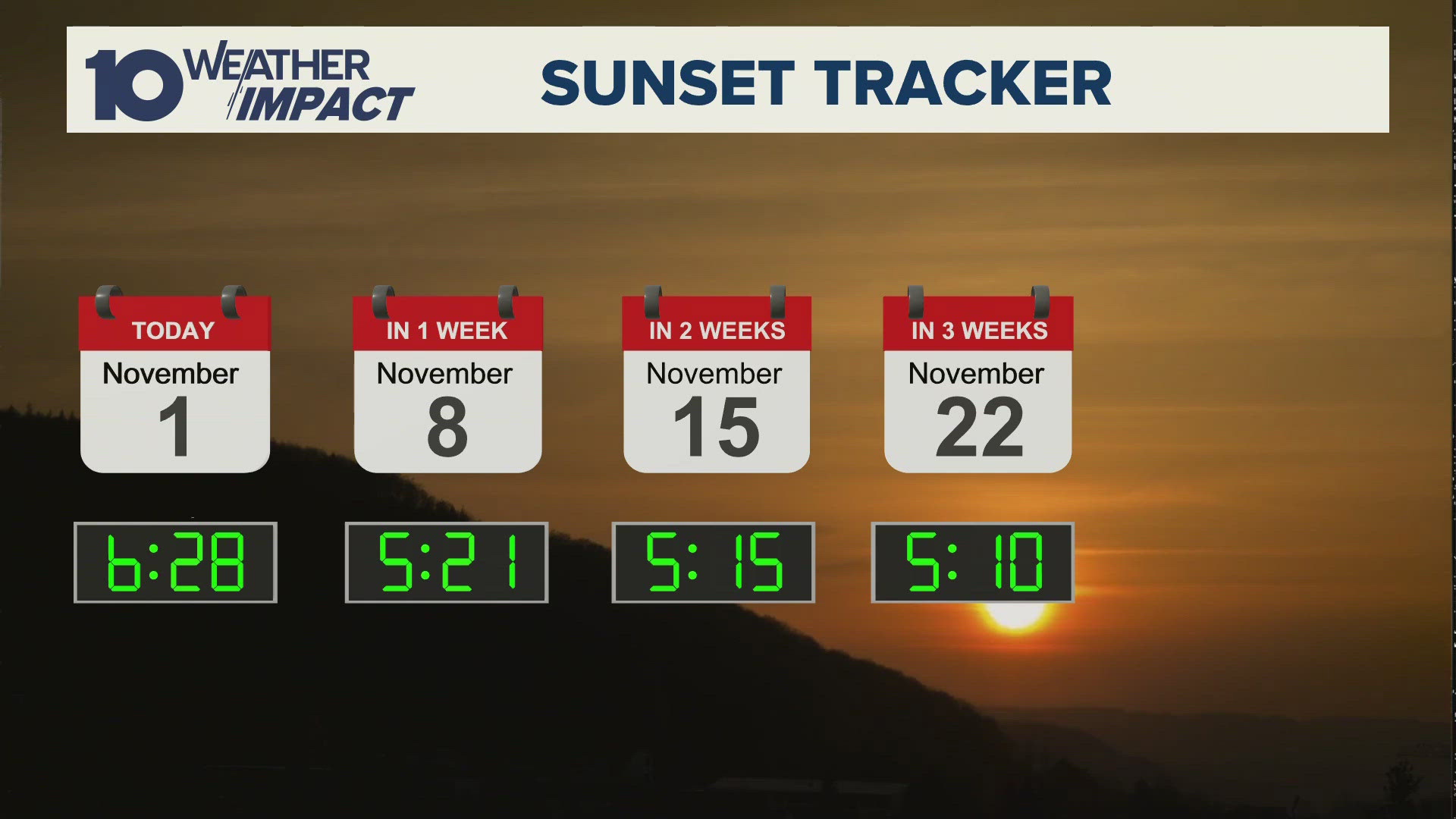COLUMBUS, Ohio — Here we go again! It's that time of the year when we have to move our clocks back before bed due to daylight saving time.
But, why do we go through this routine twice a year, each and every year? Let's find the answer.
Many people have blamed Benjamin Franklin for coming up with the idea, but that isn't completely true. While he did write about the concept, it is important to note that his writings were more tongue-in-cheek than actual policy proposals. He just wanted his days to move with the sun versus moving with the clock.
Another group that can often take the blame is farmers, but they aren't to blame either. In reality, farmers hated the idea.
Moving the clocks did nothing for the routines of their animals, who were already reliant on the sun for their daily schedules. It didn't change which point in the day you could harvest crops or when workers needed to tend the fields either. All this did was put the farmers in a bind based on the clock when it came to their daily schedules.
So, where did the idea come from?
Like many things in the 20th century, the concept was born from the World Wars.


During major wars, supplies such as fuel could be hard to come by. This means anything that can be done to save resources and increase productivity will likely get the green light. Moving the clocks used to do both.
The move to DST would align workers' hours with the daylight hours, and as a result, reduce the need for workers to burn fuel for lighting and heating. Electrical loads would be reduced in this way, meaning power plants could use less fuel as well.
Unfortunately, this reduction in electrical load no longer exists as a benefit from DST. Air conditioning in modern life means that when businesses are operating during additional daylight hours, the electrical usage will actually increase when we switch to DST during the spring.
While DST started with the wars, it wasn't until 1966 that a law was enacted at a federal level to organize a standard around moving the clocks. However, this still did not get all of the states to agree. Nowadays, there have been various efforts to switch to either permanent DST or permanent standard time, but these pushes have been stalled in Congress.
While it's always fun to gain that hour of sleep, we now have to contend with the sun going away much earlier in the evening. The sunset on Friday, Nov. 1 is 6:28 p.m. That jumps to 5:21 p.m. a week later on Nov. 8.


From there, the days keep getting shorter until the winter solstice on Dec. 21. We spring ahead March 9 next year!
-- Meteorologist Michael Behrens
Follow me on social media! Facebook Meteorologist Michael Behrens, X/Twitter @MikeBehrensWX, and Instagram/Threads @MikeBehrensWX.
Email me at: MBehrens@10tv.com

